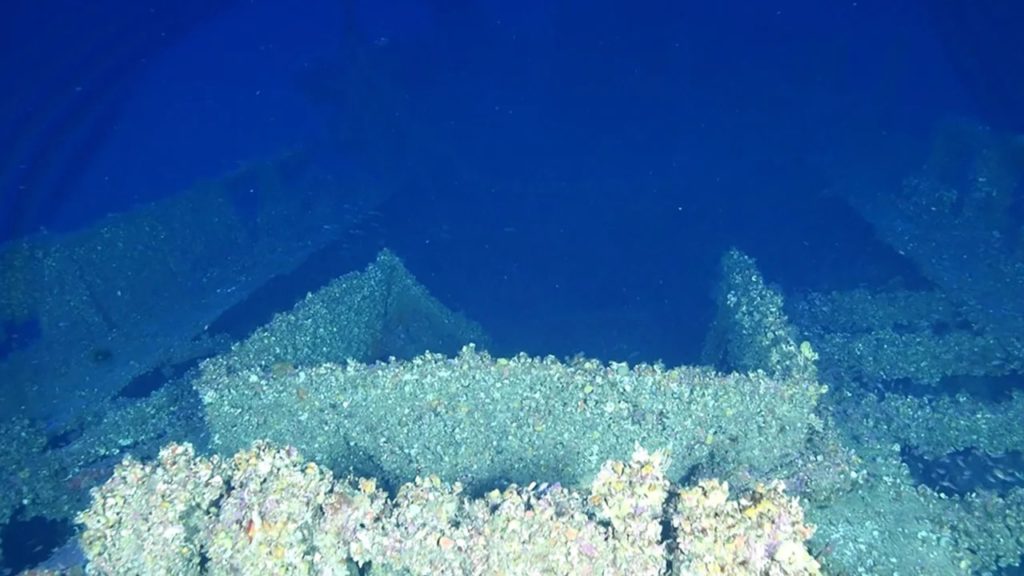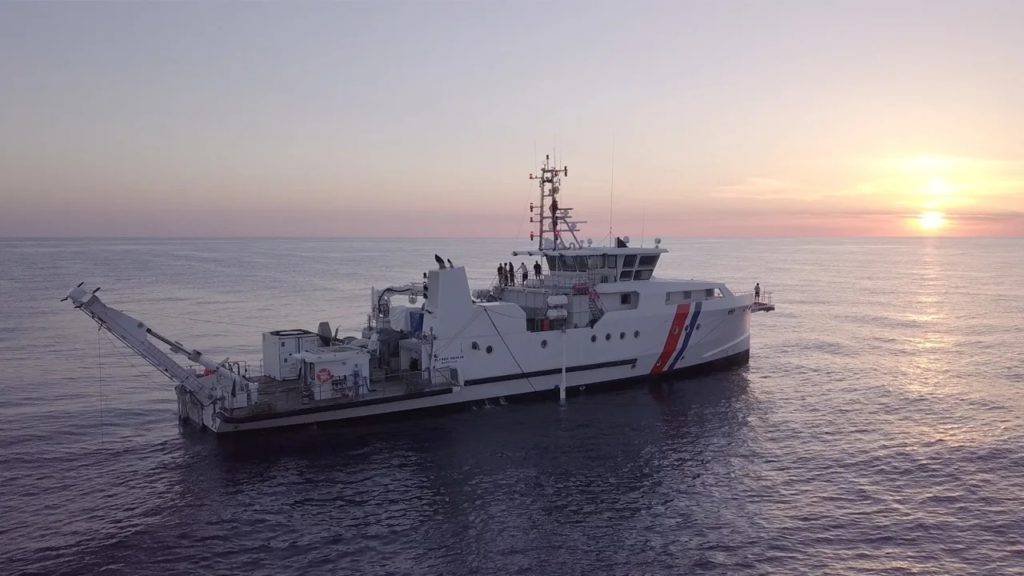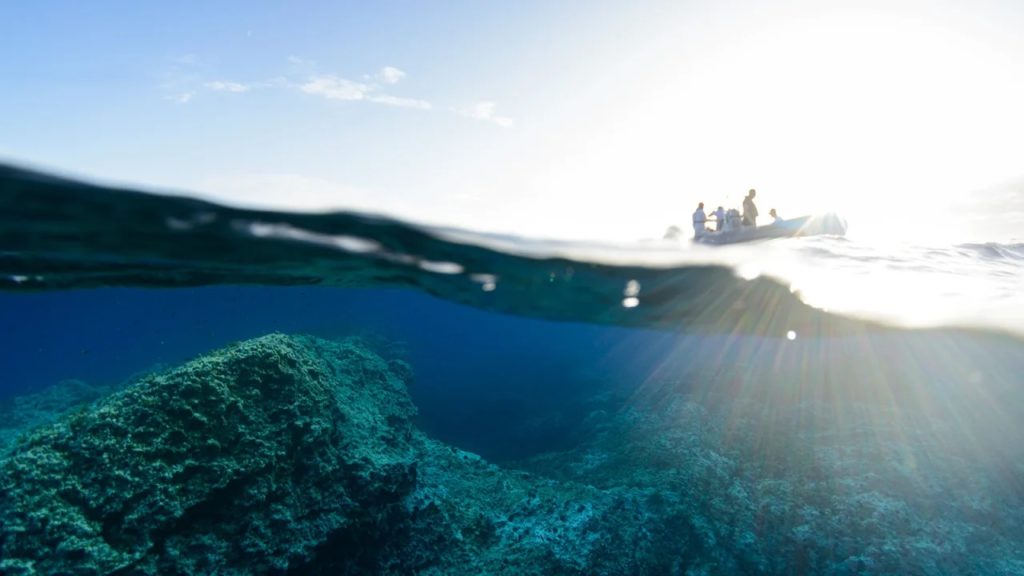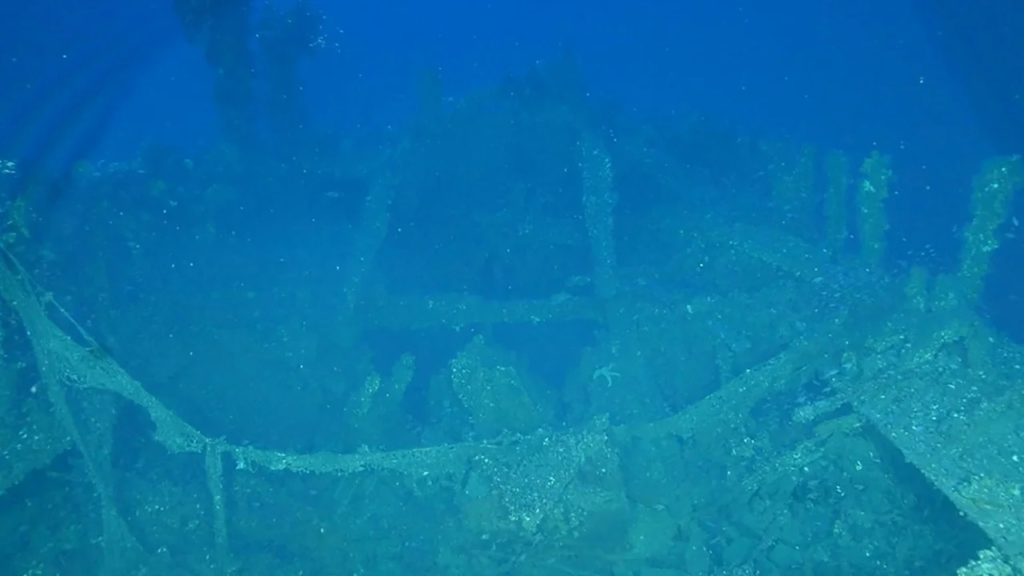
An international group of scientists made an exciting discovery recently: while exploring underwater in the Mediterranean they found three shipwrecks which have been lying at the bottom of the sea for a very long time.
The scientists also took detailed pictures of three other ships that were discovered many years ago by two experts named Robert Ballard and Anna Marguerite McCann. These ships belonged to the ancient Roman civilization.
They studied these pictures and shared their findings with the public in a press conference organized by UNESCO in Paris on Thursday.
Team of 20 scientists
The team of scientists consisted of twenty individuals from Algeria, Croatia, Egypt, France, Italy, Morocco, Spain, and Tunisia. They embarked on a 14-day journey on a research vessel called the Alfred Merlin, which belongs to France. They conducted their exploration between August and September last year.

Using special underwater vehicles called ROVs, which can be controlled from a distance, the researchers explored two specific areas: the Skerki Bank near Tunisia and the Sicilian Channel in Italy.
To gather information about the shipwrecks, the team utilized advanced mapping and imaging equipment installed on the research vessel. By using a technique called sonar, they were able to create a catalog of the shipwrecks. These wrecks ranged in age from ancient times to as recent as the 20th century.
The ROVs played a crucial role in the exploration. They were able to dive to extreme depths that would be impossible for humans to reach. Their main task was to capture detailed images and videos of the wrecks and the various objects and artifacts found within them.
Details about the ROVs
One of the ROVs, called Arthur, impressively reached depths ranging from 2,296 to 2,952 feet (700 to 900 meters). The Skerki Bank, situated in the Strait of Sicily, is an area in the Mediterranean that sees significant maritime traffic. However, it is also known for being extremely hazardous.
The waters in this region are quite shallow, and the seabed is filled with rocky formations. In fact, some of these rocky areas are located less than 3.2 feet (1 meter) below the water’s surface.

For over 3,000 years, the hazardous characteristics of the Skerki Bank have led to numerous shipwrecks. This treacherous area claimed ancient trading vessels and even ships during the Second World War.
The significance of this region lies in its historical importance as a meeting point for different cultures traveling across the Mediterranean.
To explore the depths of the Skerki Bank, an ROV named Hilarion was deployed. It descended into the most perilous section known as Keith Reef, aiming to conduct a thorough investigation of the ocean floor.
The three shipwrecks
During the expedition, three shipwrecks were discovered resting at the bottom of the Tunisian continental shelf.
Among them was a notable “large motorized metal wreck” that did not show any signs of cargo. The researchers observed that the davits, which are used to lower lifeboats, were facing outward on this wreck. This suggests that the crew might have been able to leave the ship. The second shipwreck was likely a wooden fishing boat.

Among the discovered shipwrecks, a third one was identified as a merchant vessel believed to have sailed between the first century BC and the second century AD.
Artifacts discovered during the exploration
During the exploration, the ROV captured images of intriguing artifacts that resembled amphoras. These tall jars with narrow necks were commonly used by Greeks and Romans for storing wine and other goods.
To gain further insights, the team aims to delve into historical archives in the hopes of finding specific names associated with these sunken ships. Since none of the wrecks could be easily identified, archival research may provide valuable information regarding the individual identities of these vessels.
Findings of another exploration
In a separate exploration conducted along the Italian continental shelf, the three Roman shipwrecks were revisited. These wrecks were estimated to date back to the period between the first century BC and the first century AD.
Among them, two were merchant vessels, while the other was a cargo ship. The seafloor surrounding these wrecks was scattered with a variety of artifacts, including amphoras, ceramics, building materials, jugs, pots, and lamps.
These items bear witness to the vibrant trade that took place among different cultures traversing the Mediterranean thousands of years ago.

Barbara Davidde, underwater archaeologist and director of the National Superintendency for Underwater Cultural Heritage in Italy said, “We are going to write a new page in the history of trade.”
“Thanks to the analysis of the cargo, we can study the relationships between the countries in the Mediterranean and the sea trade that connected different parts of the Mediterranean.”
Protection of shipwrecks and their artifacts
Despite being discovered between 1988 and 2000, the shipwrecks and their valuable artifacts have remarkably remained largely undisturbed over the years.
Initially, these wrecks were located outside of territorial waters, making them vulnerable to looting and illicit activities. The absence of protection put the artifacts at risk of being stolen or damaged. However, there is now a positive development in place to safeguard these significant underwater cultural heritage sites.

By designating these areas as protected zones, the valuable artifacts and their historical context will be preserved for future generations to appreciate and study.
According to Lazare Eloundou Assomo, director of the UNESCO World Heritage Centre “We recognize the huge potential and the importance of underwater cultural heritage.”
“UNESCO has actively committed itself to supporting underwater archaeological missions of this type right across the globe. As you know, the Mediterranean with its very rich history and its countless shipwrecks and archaeological sites offer a unique and fascinating stage for such expeditions. And I hope that there will be many more in the future that will bring us together.”
See all the latest news from Greece and the world at Greekreporter.com. Contact our newsroom to report an update or send your story, photos and videos. Follow GR on Google News and subscribe here to our daily email!



